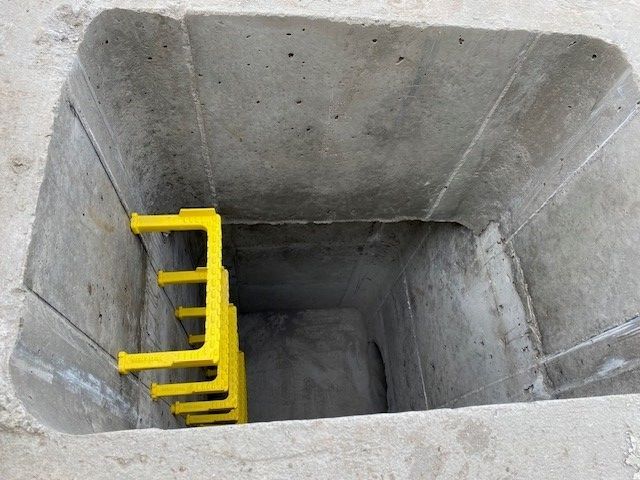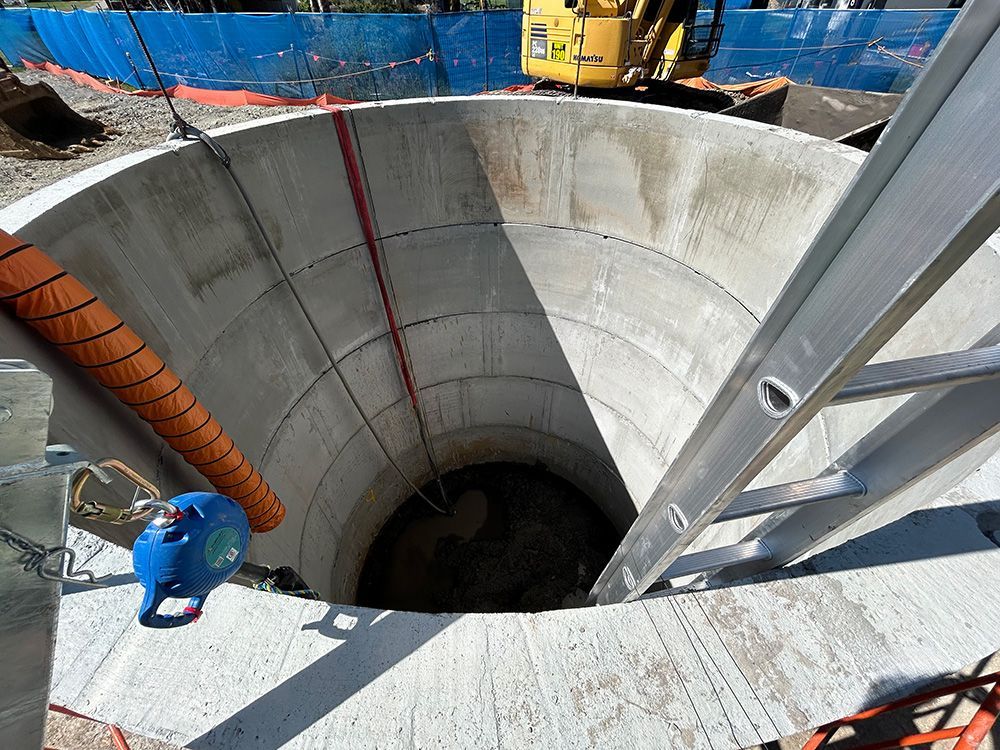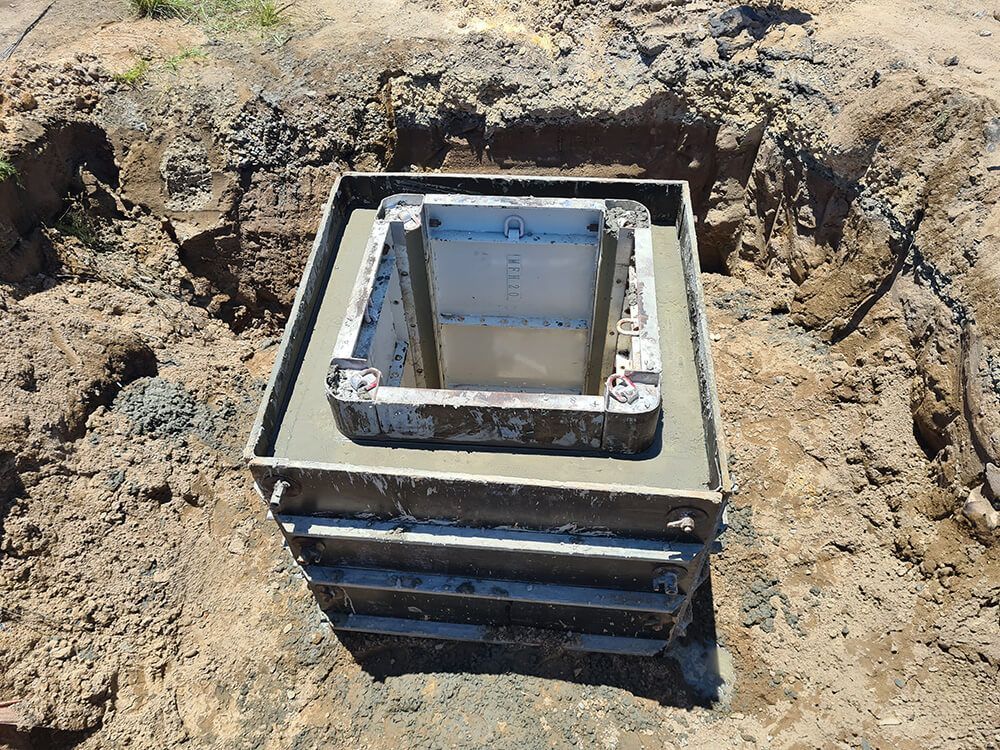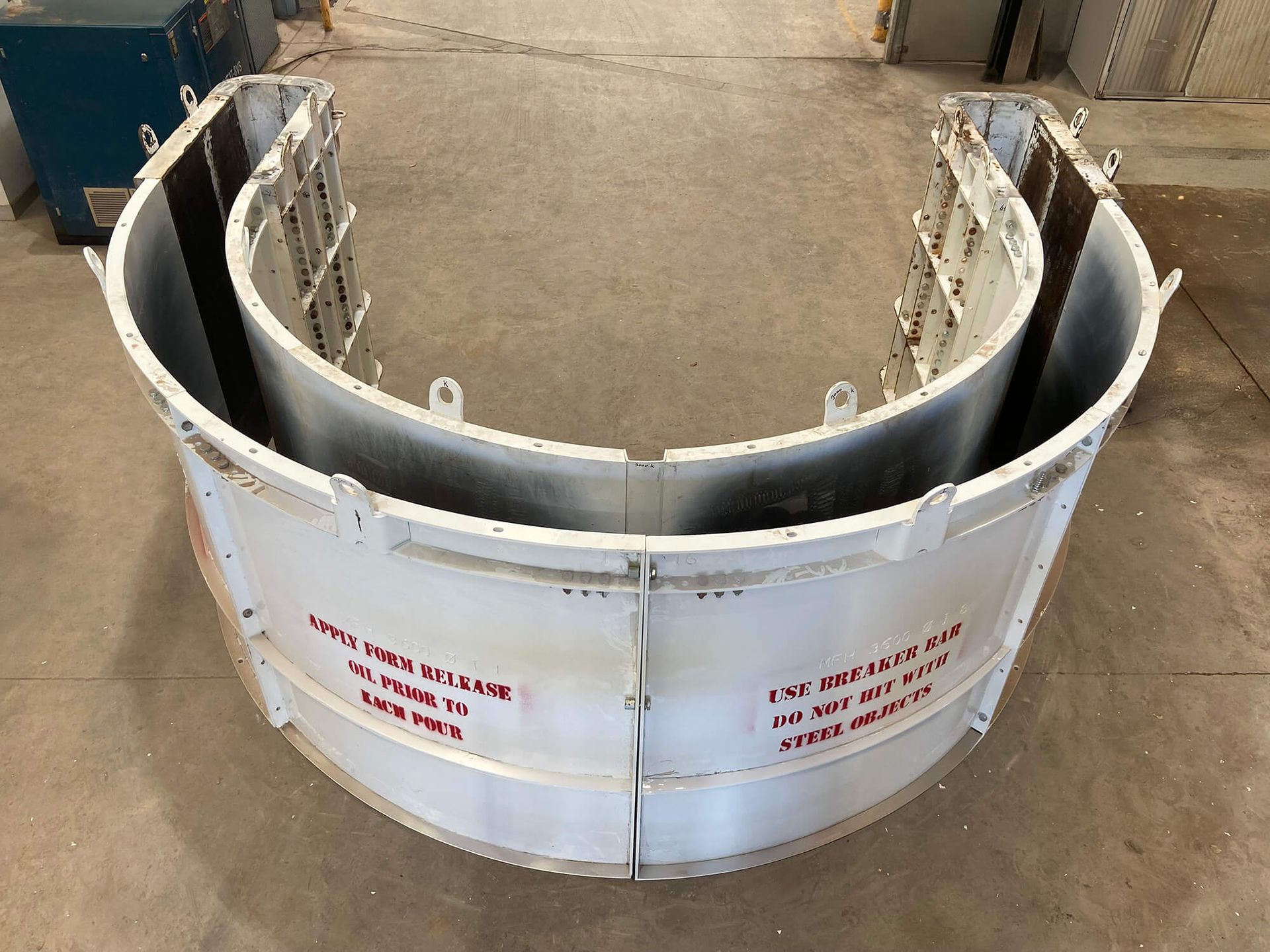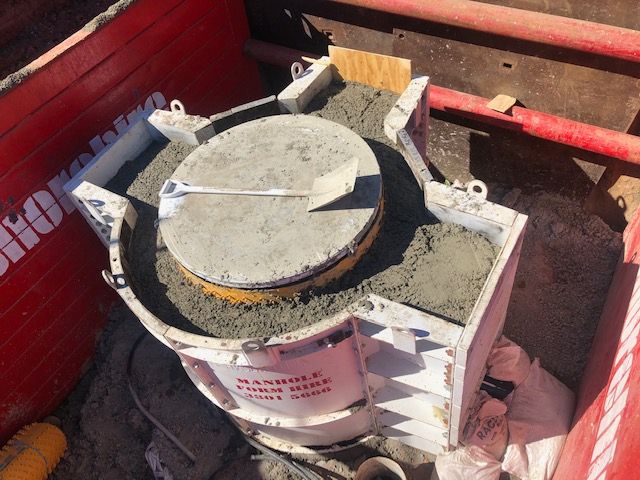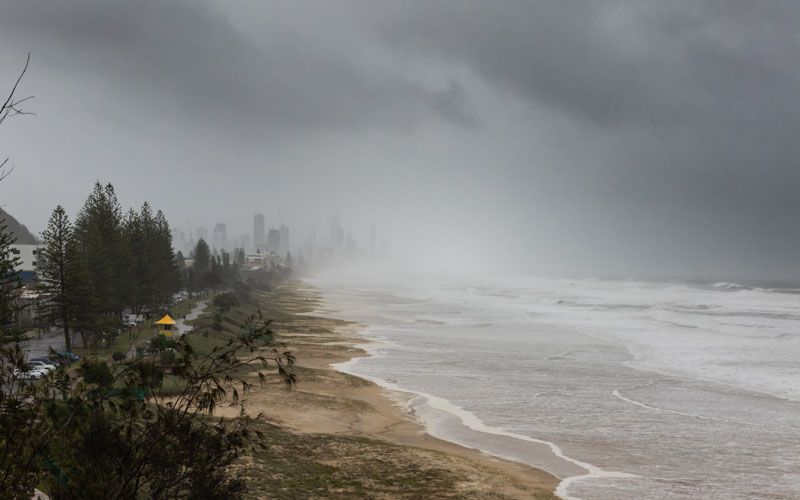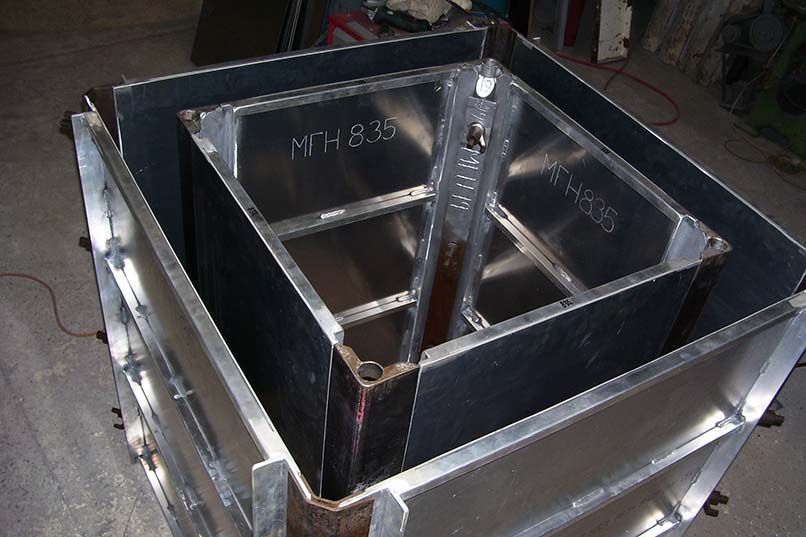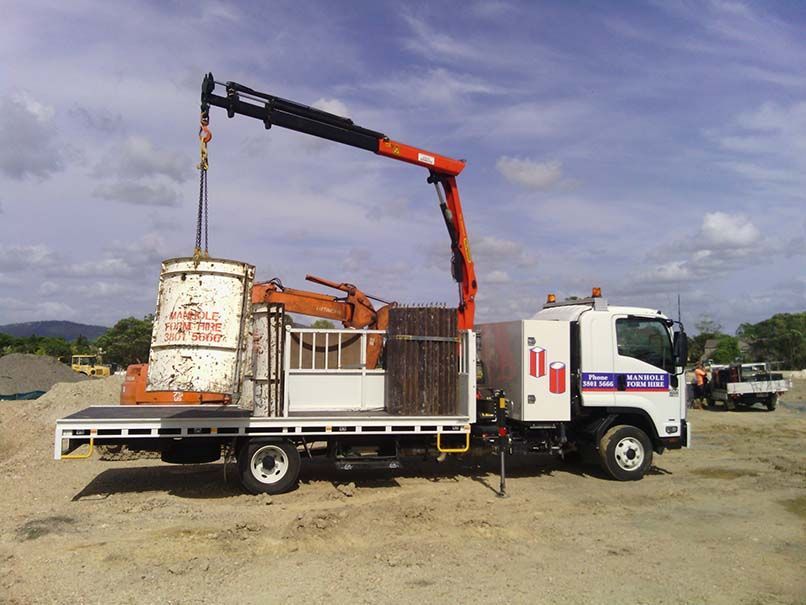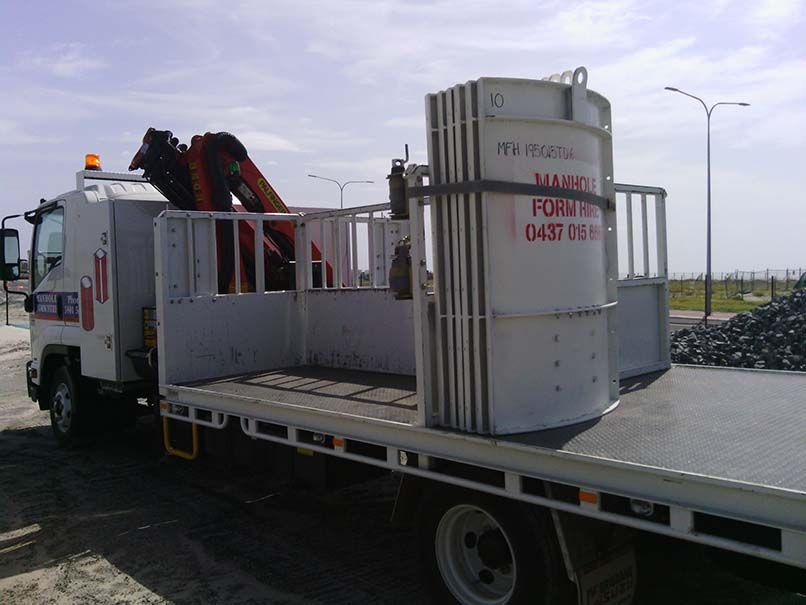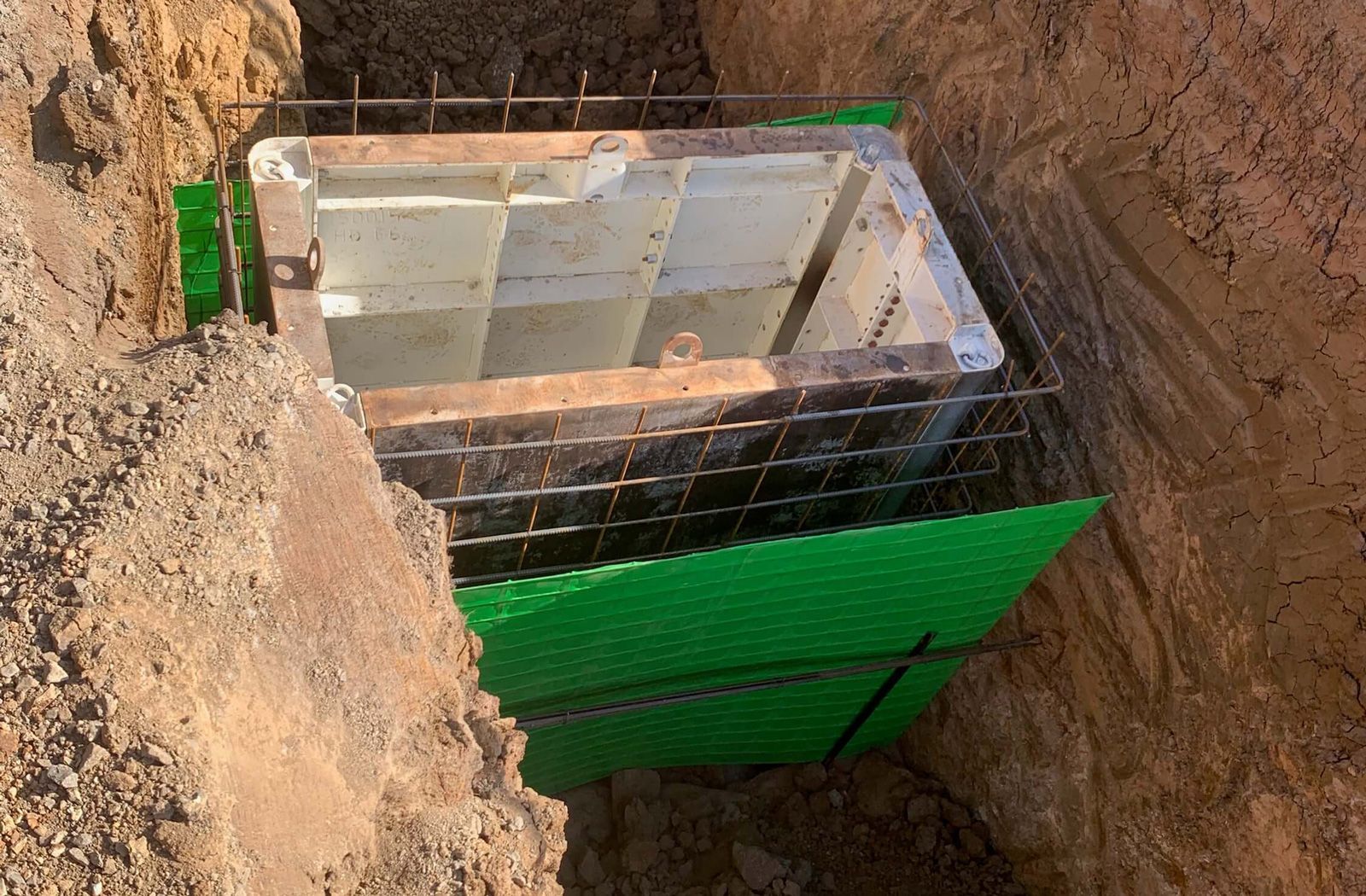In Australia, we know how common it is for severe storms to appear without warning – and especially how unprepared communities can be for the destruction that major storms will leave in their wake.
We’ve seen this most recently in the 2022 Queensland floods, which proved how little correct stormwater management procedures are typically followed. When it comes to proper infrastructure construction that can effectively handle large amounts of sudden and destructive stormwater, it’s clear that there’s room for improvement in our systems.
What is the best option when it comes to stormwater infrastructure – especially when stormwater management is such a crucial part of preparing communities for disasters? In this blog, we’ll discuss how to prepare for storms with effective stormwater management infrastructure and how to keep those systems correctly updated.
Maintaining and repairing existing stormwater infrastructure
The most crucial thing to do is to conduct a thorough check of existing stormwater management infrastructure systems and make sure they are being thoroughly monitored, repaired, and maintained to be able to handle future weather events. The age of stormwater infrastructure can be an important element to their ability to effectively drain or divert stormwater, since years of damage can have a significant impact on a storm system’s preparedness.
Additionally, it's important to ensure that stormwater infrastructure is designed and installed correctly so that it can function as intended. This is where the age of stormwater infrastructure is again an important factor to consider, older systems might have been built to lower rainfall and runoff predictions and haven’t yet been upgraded to current expectations.
This is why it's important to have a regular maintenance and monitoring schedule in place in order to keep stormwater infrastructure effective and operational, which is a key way to ensure that any potential problems are caught early on and can be fixed before they become larger issues when storms come.
Future-proofing systems: upgrading stormwater management infrastructure
In preparing for large weather events, ensuring that stormwater infrastructure systems are up to the task of handling high amounts of runoff that comes from a severe storm is critical. This means upgrading existing stormwater drains or pipes to be able to handle a higher volume of water, or installing new ones in strategic locations.
Once it is known what infrastructure most needs upgrading, preparations can begin to make the necessary expansions or installations to the stormwater system. This includes the construction of new culverts to relieve drainage, larger pipes to be able to handle a much higher volume of water, and pit boxes which can be used as retention basins to move large amounts of water away from infrastructure.
In addition, it’s important to know how using manhole forms can be very beneficial to the construction of your stormwater management upgrades. When manholes are poured in situ thay are much more likely to be stronger and more resistant to movement. This means the stormwater infrastructure additions will be able to last far longer and withstand a much higher volume of water.
Let Manhole Form Hire help with stormwater infrastructure construction and upgrades
In taking these steps, stormwater infrastructure is much more likely to withstand the increasing deluges storm season brings. The team at
Manhole Form Hire are ready and available to support any construction work with our durable and lasting manhole forms,
get in touch with our professionals today to organise your hire.
Get a quick quote
We will get back to you as soon as possible.
Please try again later.
Contact us
If you have any questions about our manhole form hire options or any of our other products, don't hesitate to contact us. Servicing across Australia, including Queensland, New South Wales, and Victoria, our team of experts are always ready to help you find the right manhole forms for your needs and provide support. Whether you’re building a manhole for civil or council purposes, our forms are perfect for you. Either fill in our enquiry form or give us a call to get in touch today.
2 Freight St, Gold Coast QLD 4207, Australia
Trading Hours
- Mon - Thu
- -
- Friday
- -
- Sat - Sun
- Closed

